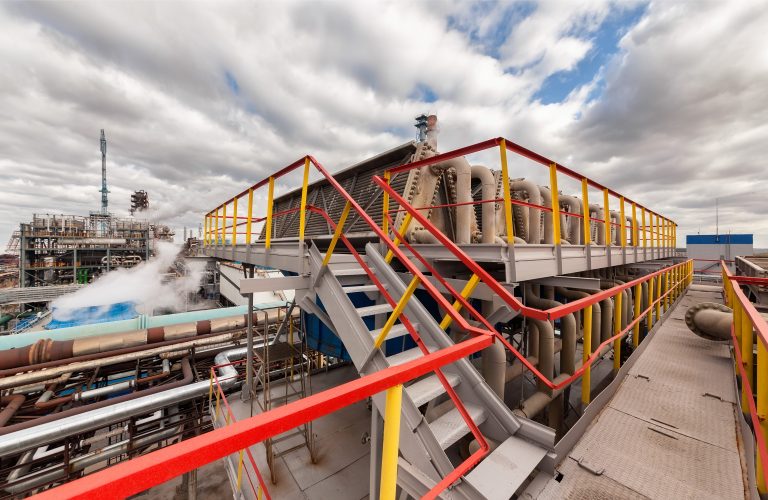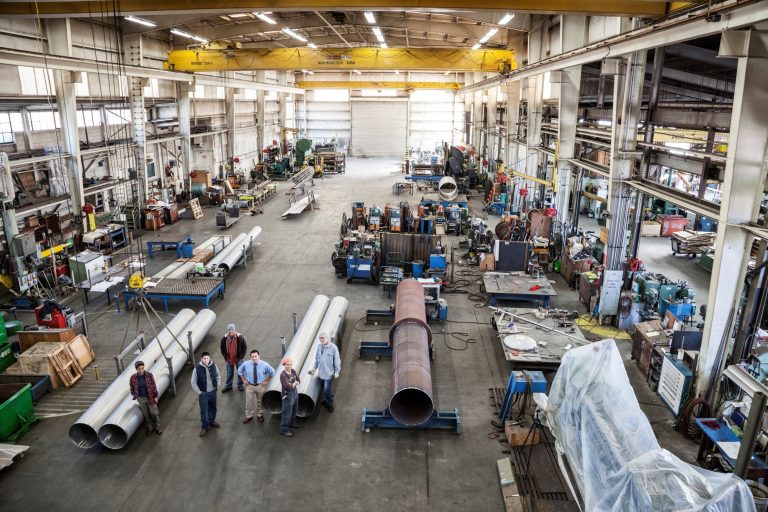How to Protect Pipeline SCADA Systems with Industrial UPS

Protecting oil and gas pipeline SCADA systems is critical. This blog focuses on assisting industry professionals with important information.
The management of complex gas and oil pipeline systems demands constant, reliable system-wide control. Typically this is accomplished with system-wide monitoring and control using sophisticated System Control and Data Acquisition (SCADA) equipment. The remote sensors, related Programmable Logic Controllers (PLCs) and client software are vital to the reliable supervision of product flow control, pipeline and manifold internal pressures, product measurement, etc. The location of remote SCADA PLCs and sensors are often in extreme temperature environments. Many are responsible for the monitoring and control of critical functions requiring absolute reliability.
A reliable source of computer-grade primary and backup power is an essential element to assuring system reliability. Backup power is essential to maintain monitoring and control functions in addition to assuring the pipeline’s infrastructure and safety. SCADA system PLCs are often sensitive to power pollution such as voltage spikes, sags, surges and common mode noise. These problems can result in unreliable PLC operation or failures. The solution to these problems is the addition of an online double-conversion uninterruptible power supply (UPS).
Power Protection for High Temperature Environments: The difference between a commercial-grade vs. industrial UPS
The double-conversion online UPS topology, through its continuous regeneration of new AC power, provides the highest level of power conditioning and protection. Online UPS technology is ideal for use as a combination high performance power conditioner and battery backup system. When used in a controlled temperature environment ranging from 0°C to 40°C (32°F to 104°F), most domestically available online UPSs can meet pipeline usage requirements as most have been tested and approved for operation over this temperature range by a safety agency such as Underwriters Laboratories (UL).
However, in remote locations where SCADA monitoring equipment is used, an online industrial UPS is required. The power sensitive PLCs and online UPSs may be installed inside buildings without any climate control systems, or in protective NEMA-rated enclosures. Even though the online UPS is protected from the remaining elements, attempting to use an off-the-shelf UPS (commercial-grade) in these extreme temperature environments is a poor decision and often results in a UPS failure.
Safety agency’s approval of temperature rating: commercial-grade vs. industrial online UPS
A commercial-grade online UPS having a UL or ETL Listing for operation over a 0°C to 40°C (32°F to 104°F), temperature range typically has been submitted by the manufacturer to a safety agency for an engineering evaluation. As part of the evaluation, a temperature profile is taken of the highest heat generating components and heatsinks to assure they do not exceed their maximum temperature ratings, while the UPS is operated at the maximum temperature specified by the manufacturer. A UPS incorporates many high power components that can overheat, causing the UPS to potentially fail.
The safety agency also reviews the temperature range limits of the types of circuit board and plastic materials used in the UPS’s construction. Since the UPS market demand is predominantly rated for use in temperature controlled environments, most online UPS manufacturers design their products for operation in the standard 0°C to 40°C operating environment and submit them to the safety agency for evaluation over the same operational temperature range.
For example, installing this UPS in a building or NEMA enclosure without proper temperature control in the summer in Arizona would be using the UPS outside safety agency’s product listing status. In many cases, since the UPS was designed for use in a limited temperature environment, internal components that were near their temperature limits when tested could exceed their maximum temperature ratings. This will result in the UPS having a greatly reduced reliability and service life, or an outright failure.
At high temperatures, plastics used in the UPS construction and battery can become deformed or cracked. The standard UPS battery used is typically not rated for temperatures above 40°C to 50°C (104°F to 122°F). Further, per the battery manufacturer’s rated 50°C temperatures, the battery service life can be severely reduced from five years to a few months.
To meet the demand for industrial and high temperature UPS, a few manufacturers have designed products specifically to not only survive in these difficult environments, but to provide superior performance, while greatly reducing the servicing requirements. Wide temperature-range online industrial UPS products may be found in standalone units or prepackaged turnkey systems in NEMA-rated enclosures and cabinets. They are typically rated to operate reliably between -20°C to 55°C (-4°F to 131°F) and even to 65°C or 70°C. These systems are ready for immediate installation and operation and reduce the associated project engineering costs. Some industrial UPS systems incorporate high-temperature batteries that are rated for 4 years at 50°C, thereby significantly reducing battery replacement and servicing.
Conclusion
In conclusion, the online industrial UPS, rated for proper operational temperature ranges, provides the best solution to reliably protect pipeline SCADA systems that are located in high and extreme temperature environments.
Latest Posts
Uninterruptible Power Supply (UPS) Tutorial
There are many Uninterruptible Power Supply (UPS) products. This UPS tutorial will help you understand the three basic UPS design types in order to select… Read Post
Read PostLiFePO4 – Why is it Safer for a UPS?
Batteries are the lifeline of any uninterruptible power supply (UPS) system[i] supporting critical applications. Falcon has always been at the forefront of battery selection to… Read Post
Read PostGuide to Selecting an Uninterruptible Power Supply (UPS) for Industrial Environments
Introduction Many people associate uninterruptible power supply (UPS) usage as a device in an environmentally-controlled location, quietly ready to protect against any power problems. Yet,… Read Post
Read Post

